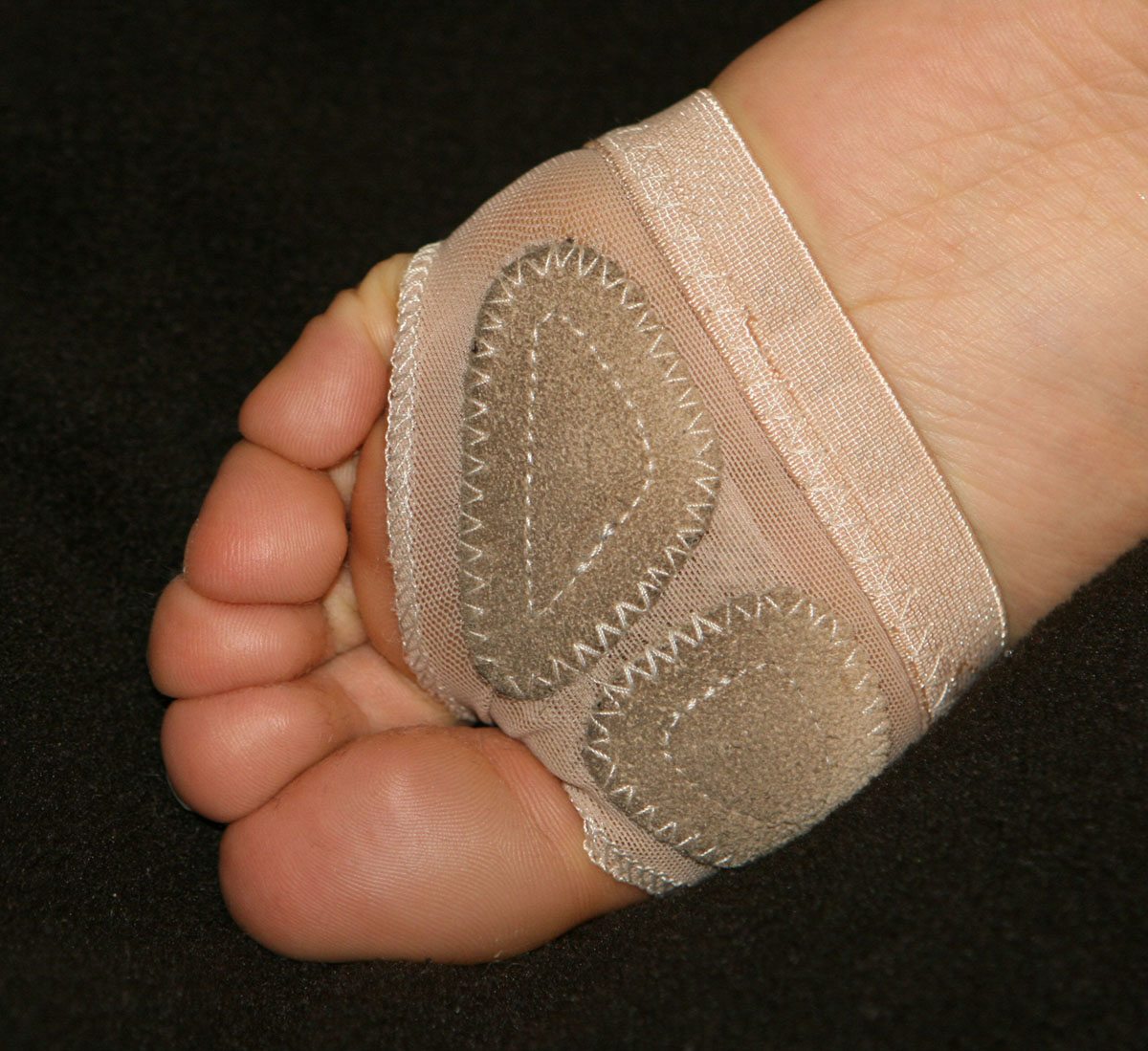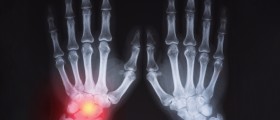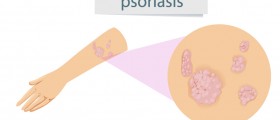
Introduction
Pain in the ball of the foot may be causes by numerous different causes. Most commonly, it is causes by damage or joint abnormalities. Quite often the disorders that cause the pain contribute to the development of one another.
Causes
Freiberg’sdisease is a condition characterized by dead tissue of some parts of the ball of the foot and it usually affects the area that surrounds the digit that is next to the big toe. This condition is usually caused by a bone injury, repeated stress or when the bone that connects the big toe and the base is too short.
The pain gets worse when under pressure and the joint is usually stiff and swollen.The condition needs to be treated by corticosteroids. Sometimes certain types of noncancerous nerve growths or irritations may be the cause of pain in the ball of the foot. It is characterized by a mild ache that sometimes can be accompanied by tingling or burning sensation.
Cryotherapy or corticosteroids can be efficient in the treatment. Neuroma develops only in one foot and it is usually associated with the third or fourth toe. Neuroma is characterized by mild ache and tingling or burning sensations that get worse by wearing narrow shoes. Corticosteroids need to be injected locally accompanied by an anesthetic, and sometimes the treatment may require orthoses to relieve the symptoms completely. Cryotherapy or alcohol injections may also be a solution to the problem.
Surgical removal of neuroma can also solve the problem but it does not deal efficiently with the permanent numbness. Metatarsal joint pain can sometimes occur within the joints when the joint surfaces misalign and the condition destroys the joint cartilage and puts excessive pressure on the lining of the joints.
Sometimes the condition can be characterized by swelling and mild heat. The alignment is usually caused by rheumatoid arthritis or similar conditions which involve inflammations. Fat tissue may be pushed forward which may lead to painful losses of cushioning. It can also be caused by stiff ball joints and osteoarthritis.
People who suffer from this condition usually experience pain when they walk and the pain and stiffening can disable them over time. The condition is usually treated with orthoses. Rare cases require surgery. Sesamoiditis is a condition characterized by painful small bone at the area of the adjoining of the big toe. The condition is usually triggered by repeated injuries, bone fractures and inflammations.







-Symptoms,-Diagnosis,-Treatment_f_280x120.jpg)









Your thoughts on this
Loading...